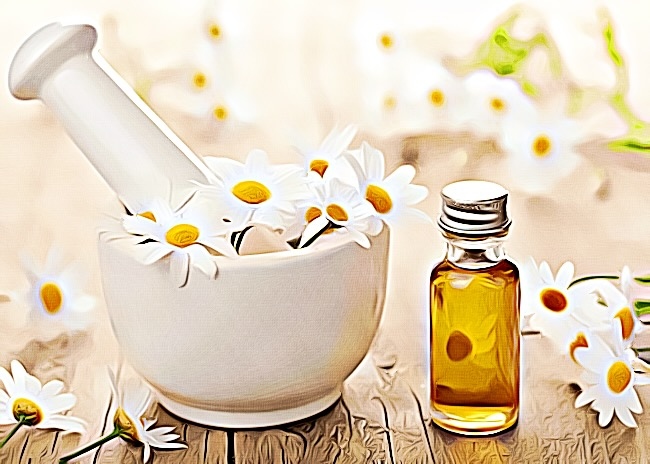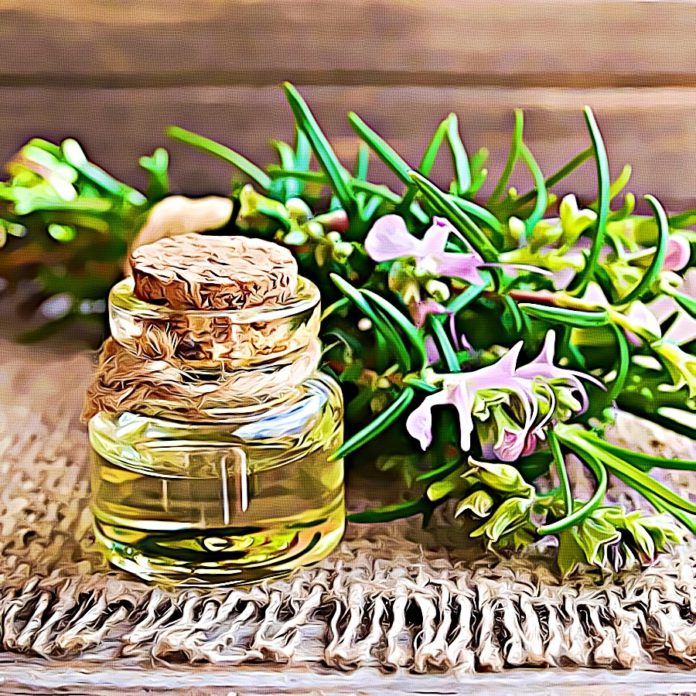While muscle relaxants are widely used nowadays, it’s important that you inform yourself on natural alternatives. This is because the negative side effects associated with artificial muscle relaxants are quite worrisome. Because of this, we thought it would be useful to put together a brief article discussing this subject. We’ll be talking about everything from what muscle relaxants are, who they are for, and the difference between artificial and natural muscle relaxants. If this is something that you’re interested in learning more about, read on as we break down everything you need to know about natural muscle relaxants.
What Are Muscle Relaxers?
To understand what muscle relaxants do, we first have to talk about muscle spasms. Muscle spasms are involuntary contractions that cause excessive strain in muscles and often occur along with conditions such as lower back pain and neck pain. Acute muscle pain and discomfort caused by muscle spasms are remedied by using medications such as muscle relaxants.
The thing you have to understand about muscle relaxants is that it refers to different pieces of medicine that fulfill a similar purpose. There are several types of medications that are used as muscle relaxers, and all differ in chemical structure and use. Generally, muscle relaxers act as central nervous system depressants and cause a sedative effect, which prevents your brain from sending pain signals to your extremities. The medication typically takes effect within an hour and lasts for about four hours.
Muscle relaxers encompass two classes of medications: antispasmodics and antispastics. Antispasmodic drugs directly affect the spinal cord or the skeletal muscles in order to improve muscle tightness and spasms. They inhibit the transmission of signals from the brain to the muscles. A drug that prevents spasms via the central nervous system is considered to be anti-spasmodic. It inhibits the transmission of neurons in the central nervous system, either by slowing down their activity or by blocking their receptors. Antispastics and antispasmodics are not interchangeable; they have different effects and side effects. Since these drugs work differently, a person should never use them interchangeably or substitute one type for another.
Who Uses Muscle Relaxers?
Muscle relaxants have a slew of uses but are mainly used to treat muscle pain and relieve muscle spasms. There are several medications that are used for the treatment of muscle spasticity. For example, Lioresal is a muscle relaxant and antispastic medication that is used for multiple sclerosis, spinal cord injuries, and strokes, to treat muscle spasms. Dantrium is also used to treat multiple sclerosis and other conditions with muscle spasms.
What’s the Difference Between Natural Muscle Relaxers and Artificial Muscle Relaxants?
Muscle relaxants are plentiful and cheap, and there are situations where those might be beneficial. However, there’s an argument that can be made that natural muscle relaxants are better alternatives. If you have lower back pain and muscle spasms, you might choose to try medications that relax muscles, such as those that are prescribed by a doctor. However, these medications can cause adverse side effects such as addiction. Some muscle relaxants can also be addictive. Luckily, there are alternatives to artificial muscle relaxants.
Muscle relaxants made from natural ingredients, like kava, are less likely to have any significant side effects compared to those made with artificial substances. This is doubly true when you consider that many of the most commonly used artificial muscle relaxants have adverse health effects and are extremely addictive.

What Are the Best Natural Muscle Relaxants?
There are a slew of different natural alternatives to artificial muscle relaxants. Here are a couple of the most commonly used natural muscle relaxants:
- Peppermint Oil: Peppermint is one of the most widely spread herbs. This useful herb originates from Europe and has spread to North America, Australia, and Japan. It has been used since ancient times mainly because of its healing properties. Peppermint oil is one of the natural products that can help you relax your muscles, which are tense or stiff if you are exposed to outside stress. It has anti-inflammatory and analgesic properties. When applied, it stimulates the circulation, so it relieves pain by providing rapid relief. It is included among the six muscle relaxants, which are selected based on this characteristic.
- Epsom Salts: People have been using Epsom salts for years to help with swelling muscle pains and to regulate blood sugar, as well as to ease muscle pain. It is also used to alleviate pain. You can soak in a bathtub filled with Epsom salts for relief from tense muscles. Epsom salts are great for relaxing your tired muscles and help improve muscle recovery time. People have been using magnesium sulfate to help with all kinds of inflammatory diseases.
- Chamomile: Chamomile is known in the world of natural medicine for its properties which soothe and calm digestion, as well as for its use as an anti-inflammatory. These properties make chamomile useful as a remedy for relieving pain and swelling of muscles, which are caused by tension.
- Arnica Oil: Arnica oil contains thymol, a chemical that has properties that make it ideal for relieving pain. As such, it is included in the list of the best six muscle relaxants. By applying arnica oil directly to the affected area, you create a sensation of warmth. This helps you reduce stress and alleviate muscle problems.
- Valerian: The Valerian plant is widespread across all of Earth, having been used in multiple cultures to treat a wide range of health problems, especially insomnia, but also anxiety, stress, and pain. Both valerian tea and valerian oil have calming and anti-inflammatory effects. Drinking the tea or applying the oil directly leads to improved circulation, which further improves the body’s ability to eliminate toxins from the cells.
- Passionflower: Passionflower is a well-known herb for its use in natural medicine. This herb helps you calm your nerves. It also has anti-inflammatory properties, reducing the inflammation of muscles. This is because Passionflower contains phytosterols and flavonoids. These two substances have an antioxidant effect that reduces oxidative stress.
Now, it’s hard to determine the best natural muscle relaxant as everyone’s body is different. For the best results, be sure to consult with a medical professional so they can advise you on which natural alternative to make use of for your muscle pain.
Conclusion
We hope this article proves to be useful when it comes to furthering your understanding of natural muscle relaxants. As you can see, natural muscle relaxants are just as effective as artificial muscle relaxants. To add to this, you also won’t have to worry about the slew of side effects attached to muscle relaxant use.
With that being said, it’s still important that you consult with a physician before making any drastic changes to the types of medicine that you take. Also, it may be unsafe to combine medications with alcohol and muscle relaxers, as the interactions can cause adverse effects, such as drowsiness, severe weakness, and difficulty breathing.
Source: https://www.ncbi.nlm.nih.gov/pmc/articles/PMC5329173/
















